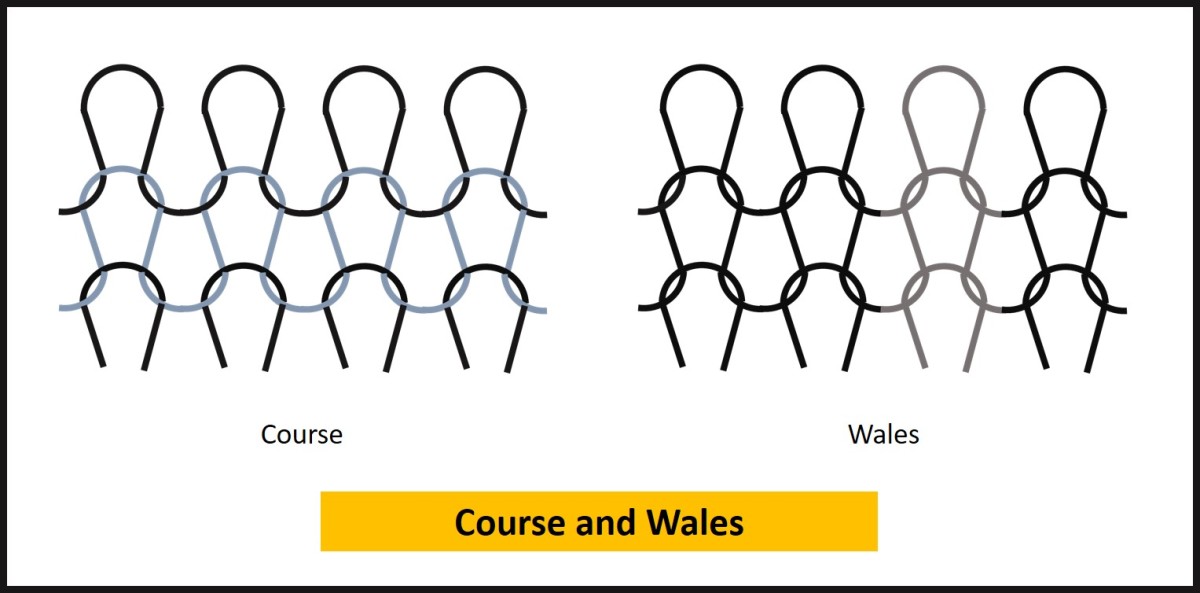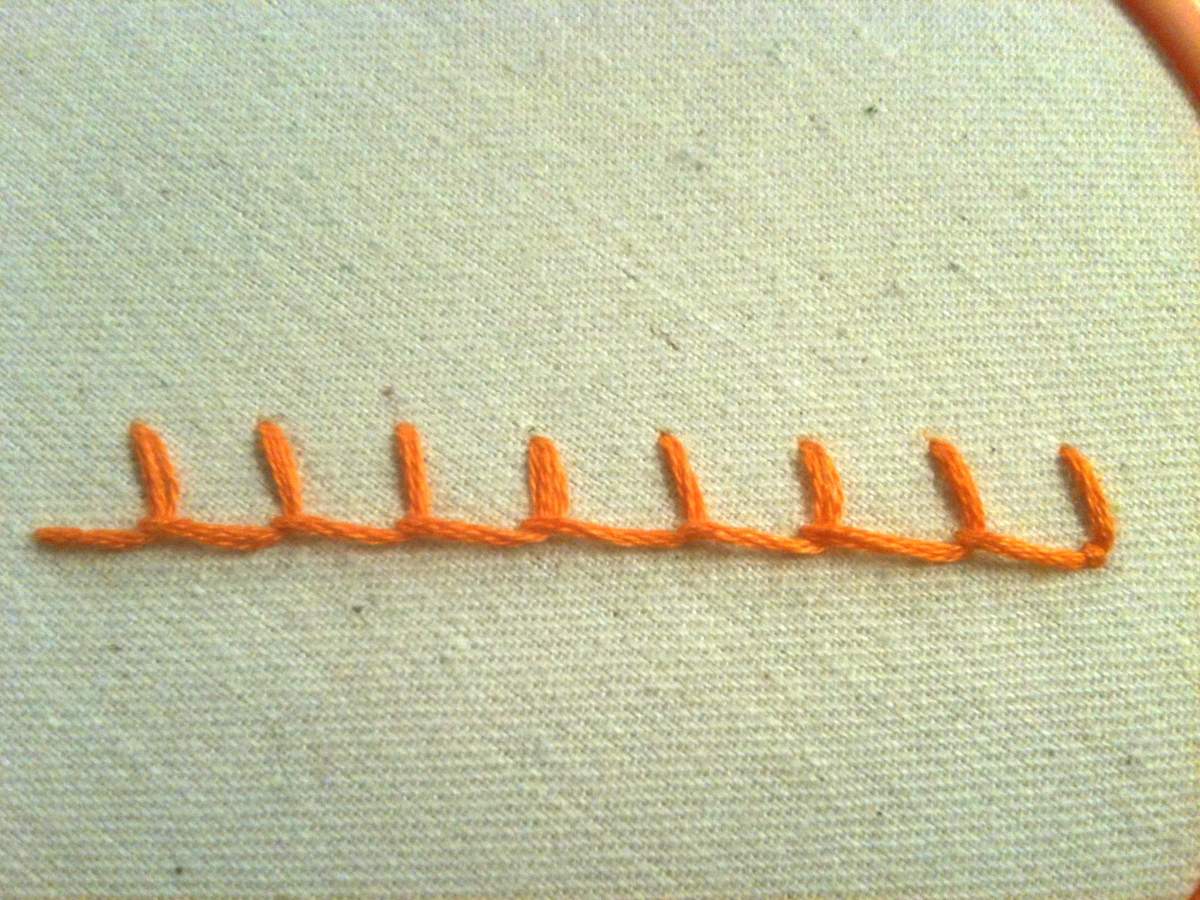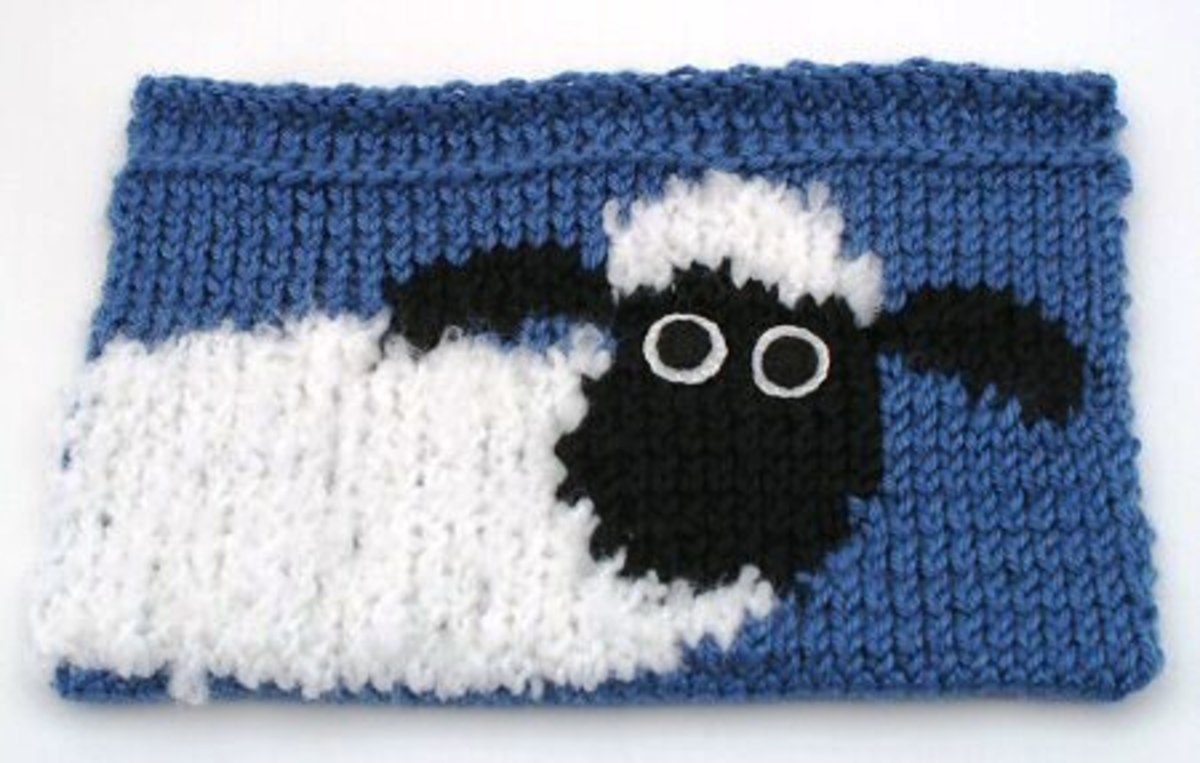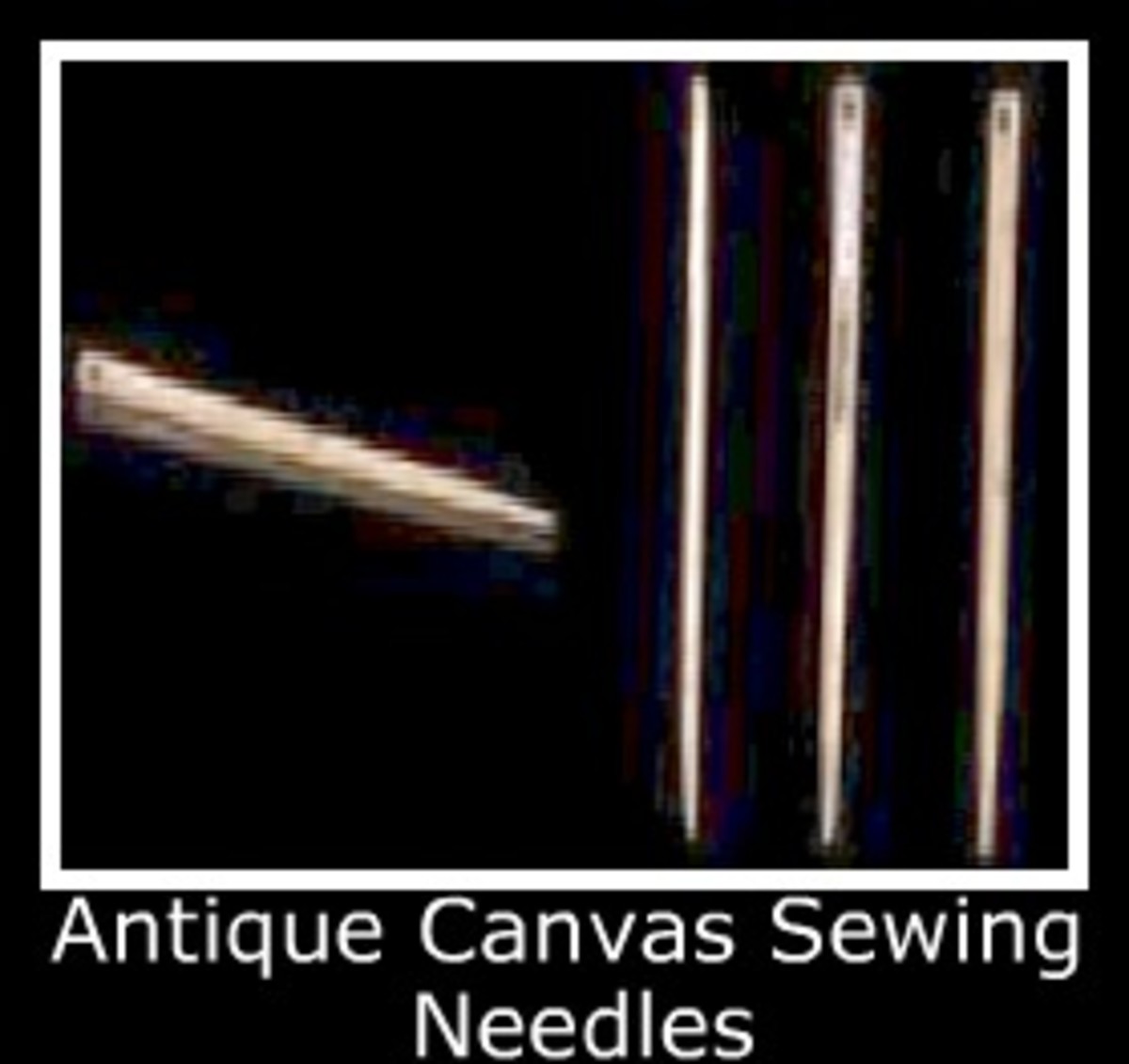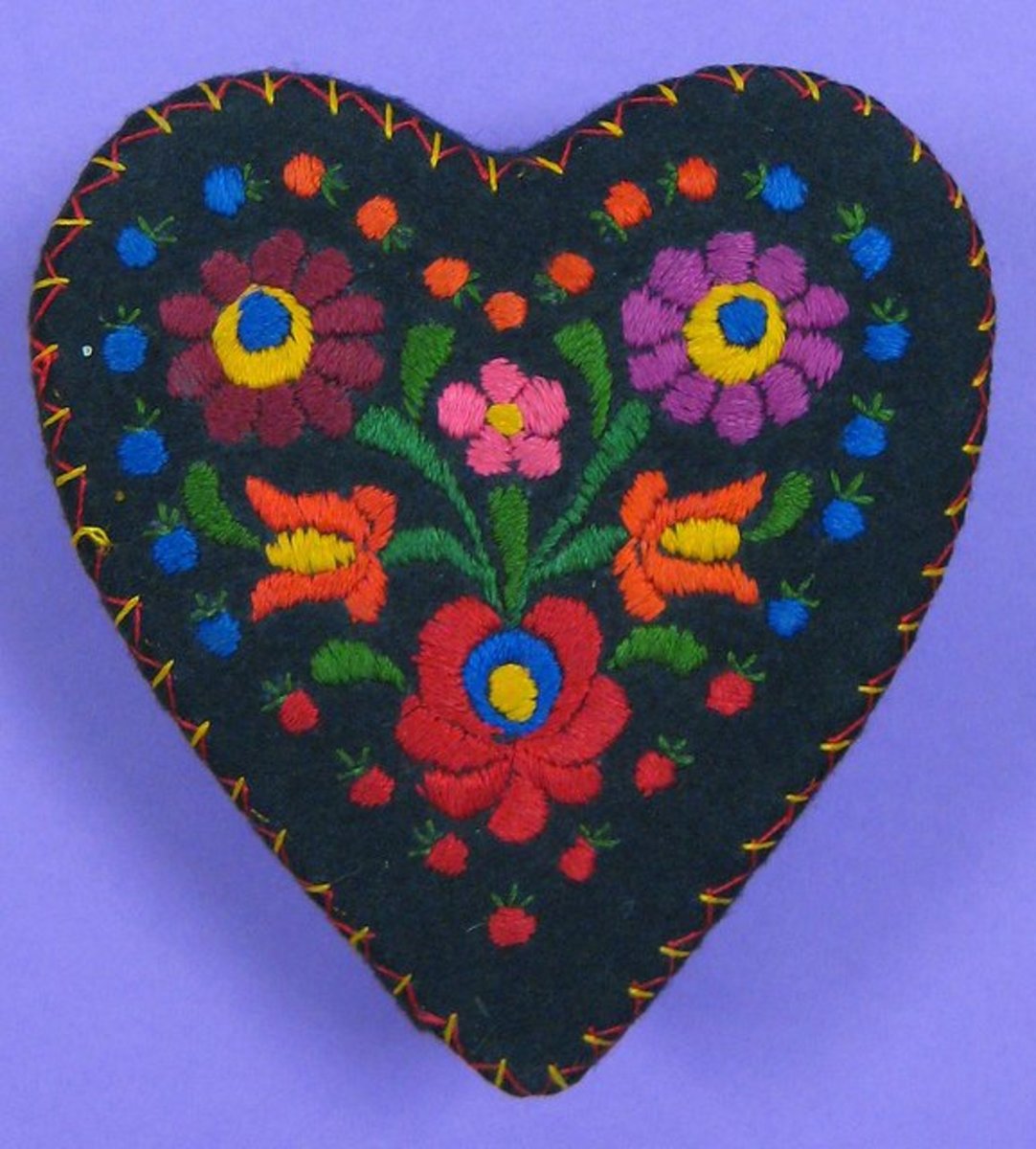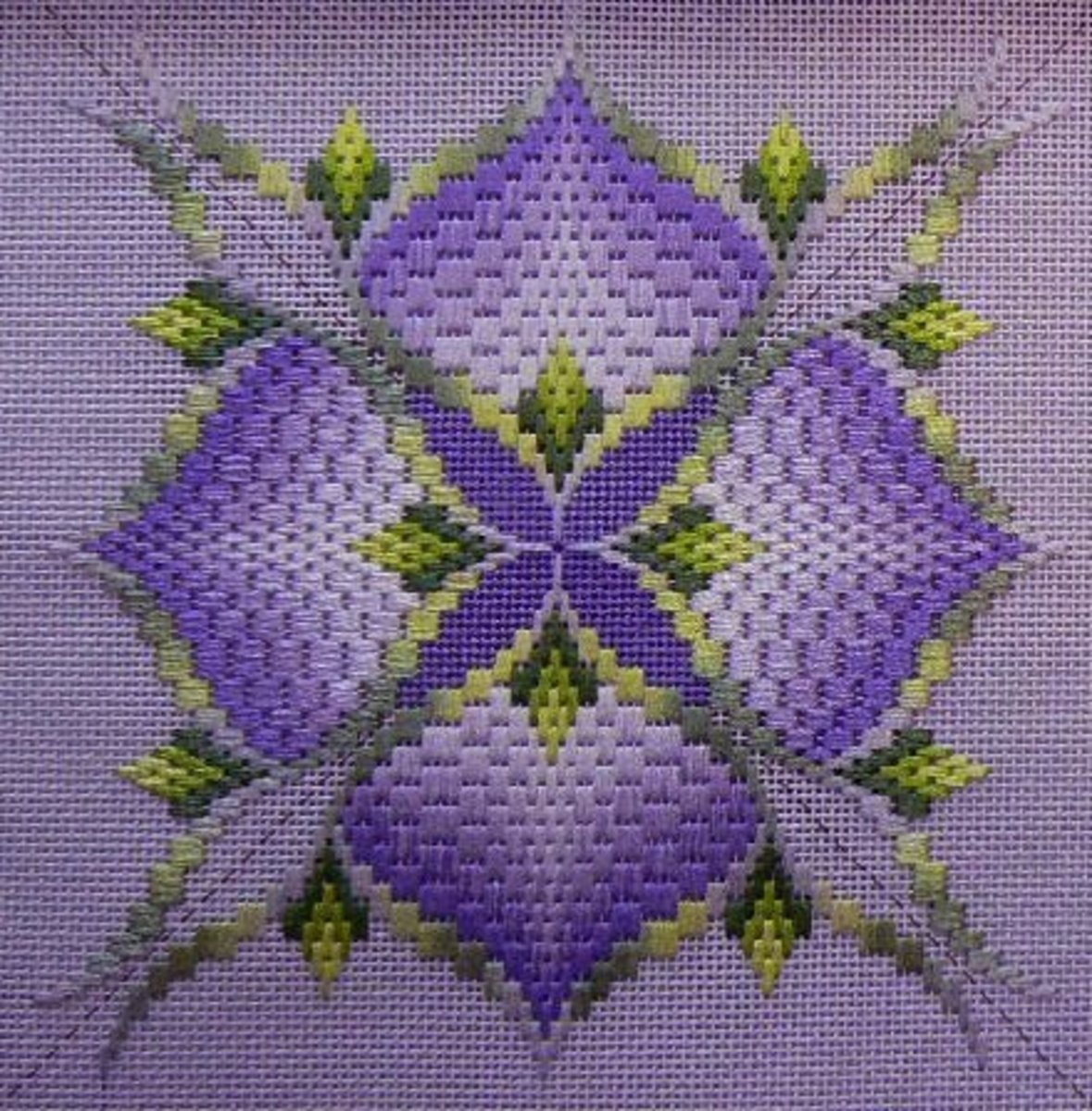- HubPages»
- Arts and Design»
- Crafts & Handiwork»
- Textiles»
- Embroidery
Getting perfect embroidery on knit fabric
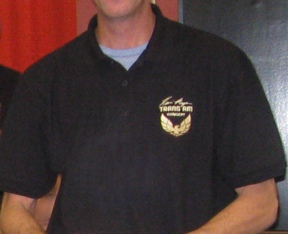
Here are some technical tips for working with garments made from this popular material
The knit golf shirt is probably the most embroidered item of clothing in America next to t-shirts. Knits represent a challenge to the embroiderer like no other fabric. Let’s address the questions asked most frequently about sewing on knits.
What kind of knits shirts are good for embroidery?
There are several types of knit shirts available for embroidery. The first that comes to mind is a pebbly, textured knit called pique. It is the most visibly different knit. Interlock and jersey both have a flat, smooth texture a can vary in weight. The lisle shirt is usually the lightest of all. It is made of a fine strong cotton thread and a single knit.
What kind of backings are available and how do you use them on knits?
We are so fortunate to have a wide variety of backings. The most commonly used backings for embroidery are non-woven. Non-wovens are available in cut-away and tear-away versions and in various weights. The weight is chosen based on how much stability is needed.
In some instances a woven backing is necessary. A fabric store can be a great resource for woven backings. Recently I had a situation that required more stability than non-wovens could offer. The garment was of a very lightweight, single knit jersey with absolutely no body. It required more than the usual treatment. My solution was to use a woven backing purchased from a fabric shop. I chose two layers of a polyester chiffon and hooped them with the garment. (Here's a bonus: I also had a great choice of colors!) After hooping, I slipped in two layers of a lightweight tear-away under the hoop. The result was great!
Another solution several people have recommended to me is the use of broadcloth. This also comes in a variety of colors and weights. It really is a matter of experimenting to get the best results. I have found most knits require a stable backing, therefore the cut-away gives the best results. Frequently a single layer of tear-away slipped under the hoop before you sew will give that extra needed stability to the garment.
What kind of needles should you use?
If you use the wrong needle, you will know it. Little tell-tale runs, snags and tears will occur. The general rule of thumb for knits is to use a light ball point needle. Ball points actually have a way of pushing the fibers aside, instead of cutting through them. The end result is no runs, no hits, no errors. They come in many sizes and the most frequently used is a 75/11. On occasion, I have also used a 70/10 for a fine lisle or jersey knit.
To quickly identify needles' sizes, mark the shaft of the different needles with different colored felt tip pens. Change your needles often. They do become blunt and burrs will frequently form on the needle point. The cost of a needle is small if it helps you achieve top quality embroidery.
What about toppings?
I know topping sounds funny and I wish we all could think of a better name for them. Embroidery toppings can be water-soluble plastic, plastic film, or heat dissipating cloths. They all serve the same purpose-to prevent stitches from being lost in the nap or weave of the garment. I generally don’t hoop the topping with the garment because it takes too long. Cut it to fit the area to be embroidered and place it on top of the hooped garment. The first stitch taken will secure the topping.
How you remove the topping depends upon the type used. Water-soluble topping is self-explanatory - just lightly spray the sewn area with water and blot dry. A plastic dry cleaner's bag will just tear away like the tear-away backing. Certain temperatures of heat need to be applied to heat-dissipating topping for it to flake away. This fabric is not usually used when sewing on knit garments.
It always amazes me to see the look on a new embroiderer's face when she first sees the water-soluble plastic in action. It is like magic, or better yet, a science experiment.
What sorts of problems come with embroidering knit fabric and how can we avoid them?
This is what I refer to as the terrible two's. It was too tight, too loose in the hoop, there was the operator had too little backing, too many stitches in the design, or too little experience with a particular knit.
If a garment is too tightly hooped, many gremlins are unleashed. The shirt tends to pucker when it is removed from the hoop. It draws in from all directions until the design is only a small semblance of what you wanted. The solution is to hoop it tightly enough so the fabric is firm and does not slide around in the hoop, but avoid adjusting the garment by pulling or stretching it once it is hooped.
Have you ever seen a garment too tightly hooped with too little backing? Holes may appear where the garment has been stretched and pulled. On a knit like a 100% cotton lisle, a heavier backing is advisable to prevent the sinking of fabric into the throat plate of the machine. I usually settle for a single layer of cut-away hooped with the shirt and two layers of tear-away under the hoop. Also, I recommend a 70/10 needle. If a design has been punched with too many stitches for a knit, it will also pucker. This gives you a nice solid area of embroidery. The stitching should be dense enough to cover the shirt, and yet be recognizable. Small letters tend to sink into the fabric. With wider columns and a water-soluble topping, some of the loss can be prevented.
We have all experienced the mysterious situation of "Well, the sample looked great on the piece of felt I sewed. What happened?" If the fill area drifts away from the outline, the tension on the fill may be too tight, or maybe not enough backing was used, or maybe the garment was too loosely hooped.
A good solution for all these situations is good record-keeping. With each order, keep a master sheet of notes about with all the requirements, problems, solutions and a sample sew-out on a swatch of the actual fabric. This will make a good referral for future runs and will save time.
How do you remove stitches from a knit shirt?
Removing embroidery takes a bit of patience, time, eventually skill, and a good supply of aspirin! We have all had to save a shirt at one time or another. Maybe it was the last in the order and no replacement was available. You are under the gun and there are no seconds in embroidery.
I have read quite a few suggestions for thread removal tools. Here are some of those ideas: Try a seam ripper, available at local fabric shops. These come in various sizes and tip lengths. They also can vary in sharpness. Coupon clippers are also a great tool. Usually they are small, sharp, have a pointed tip and a guard across the top. They are great for picking out small letters. Office supply houses carry these.
Many brands of small scissors, clippers and nippers are useful. Some have blunt tips; others range to very sharp, pointed tips. Again, fabric shops, cutlery stores and industry suppliers are a good source. Some people have found a single-edge razor blade to be quite useful. This I have tried and I caution ...use it carefully, blood is hard to remove. An Xacto knife is much like a razor blade and accomplishes the same results. The major difference is that it has a handle. That in itself saves your fingers.
One appliance made specifically for stitch removal is a battery-operated appliance that resembles hair clippers. It works well. The blades can be replaced when they become dull. It does an equally good job on fill and column stitches. The final tool that really helps with tiny knit picking is a pair of flat top tweezers. They are available in cutlery shops and at surgical supply houses. No matter your cutting choice, though, always work from the back and watch your fingers.
Now, there are those cases when stitch removal from knits is impossible. In these instances, the alternative may be an applique to camouflage the error. Better yet, make sure the garment is your size and wear it under a sweatshirt. The knit garment is definitely an embroidery challenge, yet we cannot ignore it. It is the fashion industry standard, and the bread-and-butter of the embroidery business. With practice, knits will make an everyday appearance on your machine!

